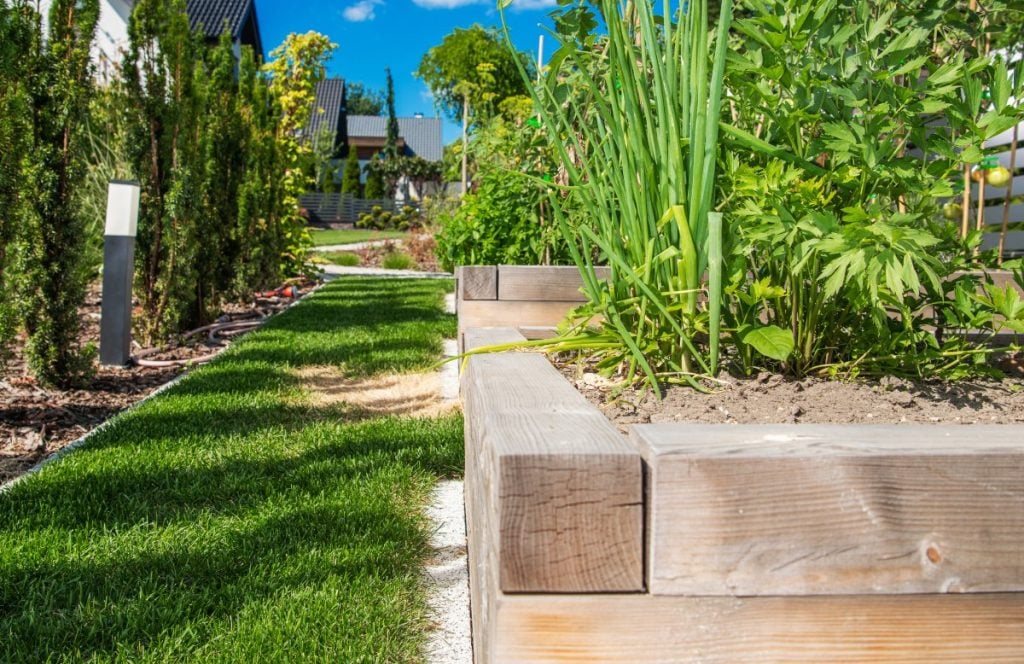Creating a successful and sustainable homestead requires thoughtful planning and design, especially when dealing with a substantial piece of land like 15 acres. Whether you’re new to homesteading or looking to optimize your current setup, exploring various 15 acre homestead layout ideas can help you make the most of your land. With strategic planning, you can create a self-sufficient haven that supports your goals and lifestyle.

Understanding Your Land
Assessing the Terrain
Before diving into specific layout ideas, it’s crucial to assess the terrain of your 15-acre property. Understanding the natural features, such as slopes, water sources, and soil types, will guide your planning process. Consider conducting a soil test to determine its suitability for different crops and livestock.
Climate Considerations
The climate in your region will significantly influence your homestead layout. Research the local weather patterns, growing seasons, and potential challenges such as droughts or heavy rainfall. This information will help you make informed decisions about which crops to plant and the best locations for structures.
Designing Your Homestead Layout
Residential Zone
Your home’s location is a key consideration in your homestead layout. Ideally, it should be centrally located to minimize travel time and provide easy access to various parts of your property. Consider incorporating energy-efficient design elements and renewable energy sources to reduce your carbon footprint.
Garden and Orchard Placement
A well-planned garden and orchard are essential components of a productive homestead. Choose a location with good sunlight exposure and easy access to water. Implementing permaculture principles, such as companion planting and crop rotation, can enhance soil health and productivity.
Livestock Areas
Raising livestock is a common goal for many homesteaders. Designate specific areas for animal housing, grazing, and rotational pastures. This approach promotes animal health and allows for efficient manure management. Consider including facilities for dairy goats, chickens, or other livestock that align with your homesteading objectives.
Water Management Systems
Water is a precious resource on any homestead. Incorporate rainwater harvesting systems, ponds, and irrigation setups to maximize water availability. Proper water management ensures that your plants and animals have a consistent supply, even during dry spells.
Specialized Areas and Income Opportunities
Workshops and Storage
A dedicated workshop and storage area are invaluable for maintaining tools, equipment, and supplies. This space can also serve as a workspace for creative projects or small-scale production.
Recreational and Relaxation Spaces
Incorporating recreational and relaxation areas enhances the quality of life on your homestead. Consider creating spaces for outdoor dining, bonfires, or even a small pond for swimming. These areas provide a retreat from the daily demands of homesteading.
Income Generation
A well-planned homestead can also generate income. Explore opportunities such as selling produce at local markets, offering Airbnb accommodations, or providing educational workshops. Diversifying your income streams can increase the financial sustainability of your homestead.
Implementing Sustainable Practices
Permaculture Principles
Integrate permaculture principles into your design to create a harmonious and self-sustaining ecosystem. Practices such as composting, mulching, and building swales can improve soil quality and reduce the need for external inputs.
Renewable Energy Solutions
Consider incorporating renewable energy solutions like solar panels or wind turbines to power your homestead. Reducing reliance on fossil fuels not only benefits the environment but also lowers your energy costs over time.
Planning for Future Growth
Adapting to Changing Needs
As your homestead evolves, your needs and goals may change. Design your layout with flexibility in mind to accommodate future expansions or modifications. This adaptability ensures that your homestead remains functional and relevant over the years.
Community Engagement
Engaging with the local community can provide valuable support and resources. Attend local homesteading workshops or join online forums to connect with like-minded individuals. Sharing knowledge and experiences can lead to innovative ideas and collaborations.
Conclusion
Designing a 15-acre homestead layout is a rewarding endeavor that requires careful planning and consideration. By understanding your land, implementing sustainable practices, and exploring income opportunities, you can create a thriving homestead that supports your lifestyle and values. Remember that each homestead is unique, and your layout should reflect your personal goals and vision.

FAQs
What is the best way to start planning a 15-acre homestead layout?
Begin by assessing your land’s natural features, understanding the local climate, and defining your homesteading goals. Use this information to guide your layout decisions.
How can I incorporate sustainable practices into my homestead design?
Implement permaculture principles, renewable energy solutions, and efficient water management systems to create a sustainable homestead environment.
What are some potential income opportunities for a 15-acre homestead?
Consider selling produce, offering Airbnb accommodations, or hosting educational workshops to diversify your income streams.
For more information on selecting land for homesteading, visit Choosing Land for Homestead Living.
Explore more about erosion control on your homestead here.
Learn about winter preparation techniques here.
Discover income diversification strategies for your homestead here.





